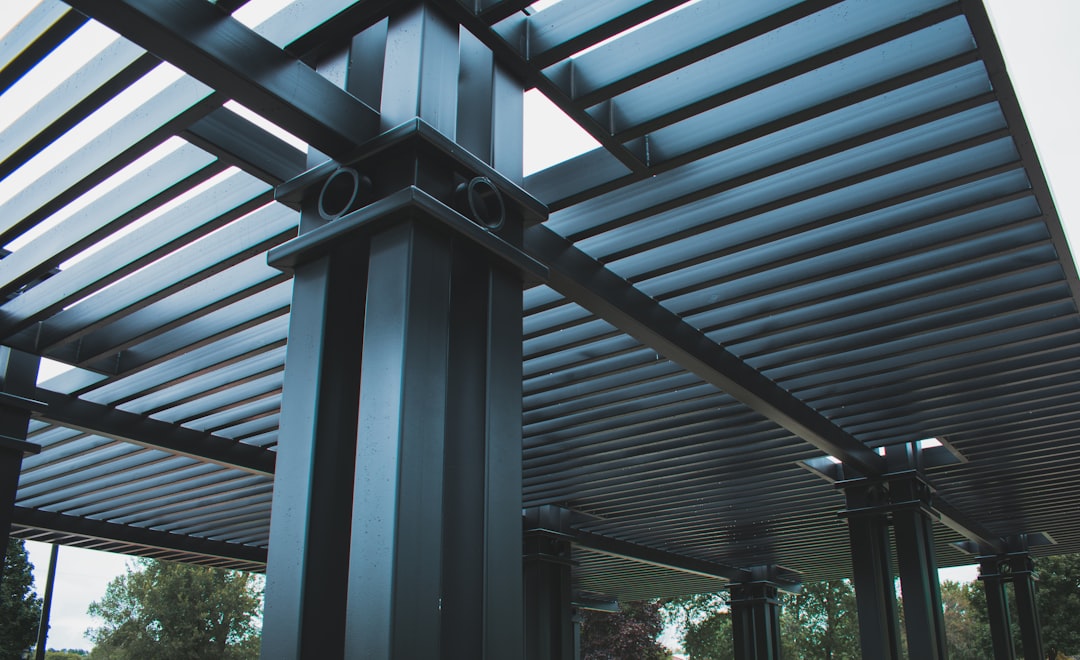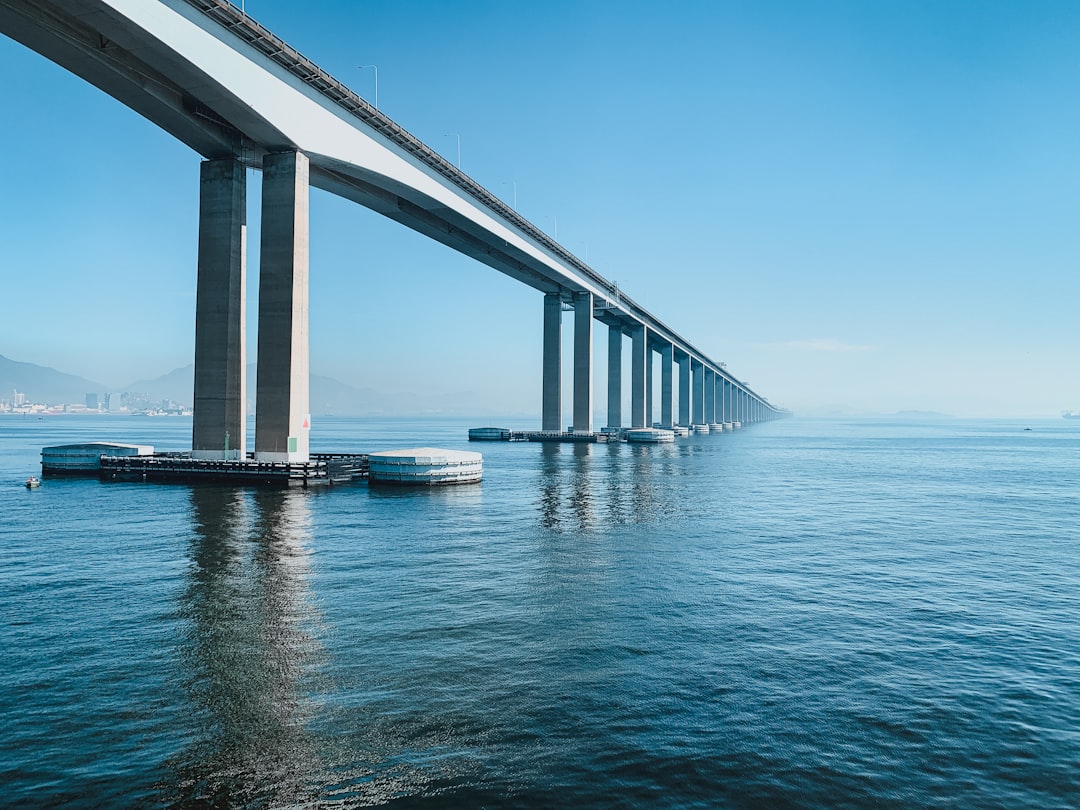What is it about?
The branching nature of many coral colonies leads to a large number of vortices being shed in the water flowing between the branches of the coral. We show this for the first time for a Pocillopora meandrina coral colony, and show that these vortices stir the water column and enhance mass (food, waste, et cetera) transport to and from the coral, compensating for reduced ocean flow speeds at the interior of the coral.
Featured Image

Photo by Marek Okon on Unsplash
Why is it important?
Corals are stationary and depend completely on the surrounding ocean flow to bring them nutrients, and to carry away waste products and sperm and eggs during their reproduction cycle. It has been shown previously that the flow speeds deep in the center of branching coral colonies can be reduced by up to 90 percent compared to the oncoming ocean flow. This work explains the mechanism that compensates for these reduced flow speeds and keeps the rates of nutrient delivery, and waster and gamete removal, constant inside corals.
Perspectives
Writing this article as a theoretical fluid dynamicist was truly a pleasure because we were able to demonstrate something important about the ways corals obtain their food and carry out their physiological functions. Understanding basic things about how corals thrive has never been more important, since scientists estimate that 75 percent of the world's corals are currently under threat from rising ocean temperatures.
Anne Staples
Virginia Polytechnic Institute and State University
Read the Original
This page is a summary of: Passive vortical flows enhance mass transport in the interior of a coral colony, Physics of Fluids, June 2019, American Institute of Physics,
DOI: 10.1063/1.5094076.
You can read the full text:
Contributors
The following have contributed to this page










